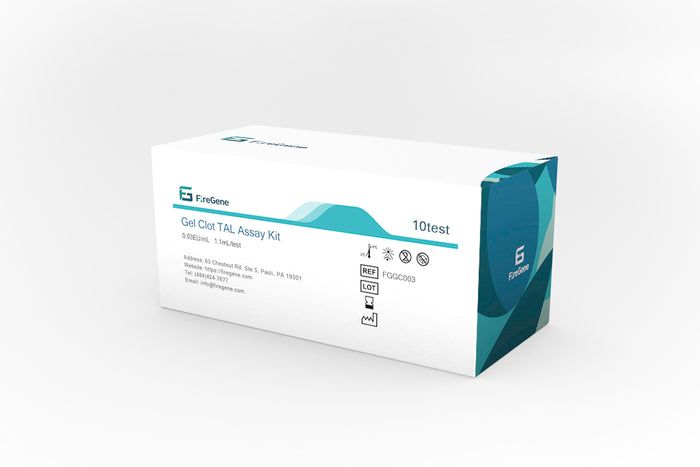
# LAL and Gel Clot Assays for Endotoxin Detection
## Introduction to Endotoxin Detection
Endotoxins, also known as lipopolysaccharides (LPS), are toxic components found in the outer membrane of Gram-negative bacteria. Their presence in pharmaceuticals, medical devices, and other healthcare products can cause severe pyrogenic reactions in humans. Therefore, reliable endotoxin detection methods are crucial in the pharmaceutical and medical industries.
## The Limulus Amebocyte Lysate (LAL) Test
The Limulus Amebocyte Lysate (LAL) test has become the gold standard for endotoxin detection since its discovery in the 1960s. This sensitive biological assay utilizes blood cells (amebocytes) from the horseshoe crab (Limulus polyphemus) to detect and quantify endotoxins.
### How LAL Assays Work
When endotoxins come into contact with LAL reagent, they trigger a cascade of enzymatic reactions that result in clot formation. The intensity of this reaction is proportional to the amount of endotoxin present in the sample.
## Gel Clot Assays: A Traditional LAL Method
Among various LAL-based methods, the gel clot assay represents the simplest and most traditional approach to endotoxin detection.
### Principle of Gel Clot Assays
The gel clot technique relies on the visual observation of clot formation:
1. The test sample is mixed with LAL reagent
2. The mixture is incubated at 37°C for a specified time
3. The formation of a firm gel indicates the presence of endotoxins
### Advantages of Gel Clot Assays
– Simple to perform and interpret
– Requires minimal equipment
– Cost-effective compared to other LAL methods
– Provides qualitative or semi-quantitative results
– Highly specific for endotoxin detection
## Comparing Gel Clot with Other LAL Methods
While gel clot assays are widely used, other LAL-based methods offer different advantages:
### Turbidimetric Method
Measures the turbidity caused by clot formation using spectrophotometry, providing quantitative results.
### Chromogenic Method
Utilizes synthetic chromogenic substrates to produce color changes that can be measured spectrophotometrically.
## Applications in Pharmaceutical Industry
Gel clot assays and other LAL methods are extensively used for:
– Quality control of parenteral drugs
– Medical device testing
– Raw material screening
– Water for injection (WFI) testing
– Process validation in manufacturing
## Regulatory Considerations
Major pharmacopeias (USP, EP, JP) recognize LAL assays as official methods for endotoxin testing. The gel clot method is particularly useful for:
– Limit tests (pass/fail determinations)
– Screening applications
– Facilities with limited resources
## Future Perspectives
While gel clot assays remain important, the field is evolving with:
– Development of recombinant alternatives to LAL
– Automation of testing procedures
– Improved sensitivity and reproducibility
– Standardization across testing platforms
## Conclusion
Keyword: LAL Assays Gel Clot Assays
LAL assays, particularly the gel clot method, provide a reliable, sensitive, and cost-effective approach to endotoxin detection. As regulatory requirements become more stringent and technology advances, these methods continue to play a vital role in ensuring product safety in the pharmaceutical and healthcare industries.